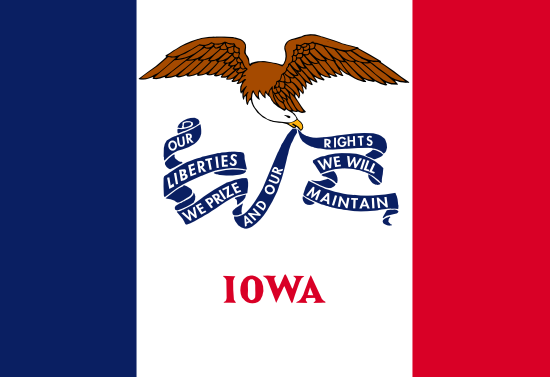
Brighton
- County:
- Washington County
- County Seat:
- No
- Area (mi²):
- 0.782
- State:
- Iowa
Brighton is a city located in Washington County, Iowa. Brighton has a 2025 population of 592 . Brighton is currently growing at a rate of 0.34% annually but its population has decreased by -1.33% since the most recent census, which recorded a population of 600 in 2020.
The median household income in Brighton is $55,000 with a poverty rate of 23.74%. The median age in Brighton is 37.9 years: 40.7 years for males, and 37.5 years for females. For every 100 females there are 100.9 males.